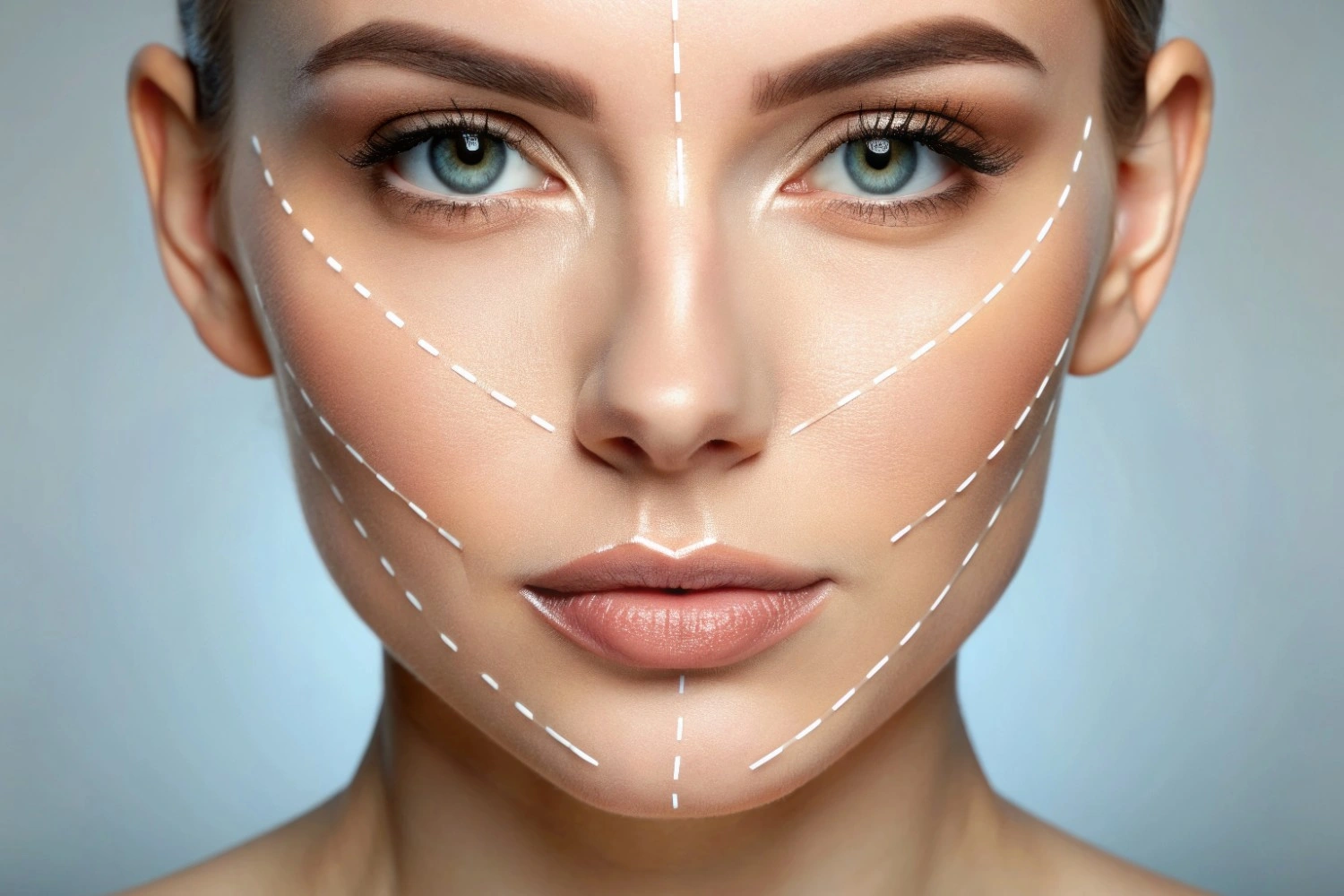Introduction
Are you considering a chemical peel to revitalize your skin and achieve a radiant glow? One of the key questions on your mind might be, “What is the minimum time between chemical peels?” In this blog post, we’ll explore the factors influencing the frequency of chemical peels, ensuring you make informed decisions about your skincare routine. Whether you’re a skincare enthusiast or a newcomer, delve into the world of chemical peels with us to uncover the secrets of achieving a flawless complexion.
The Basics of Chemical Peels
Chemical peels work wonders for the skin by applying a special solution that gently removes the top layer, unveiling a smoother, more youthful complexion. The process is like giving your skin a fresh start.
The Application Process:
A solution is applied to the skin during a chemical peel, which exfoliates the outer layer. Often damaged or showing signs of aging, this outer layer is gently peeled away, revealing the newer, healthier skin beneath.
Skin Concerns Addressed:
These peels are a beauty trend and an effective way to tackle various skin concerns. Wrinkles, acne scars, and uneven pigmentation are among the issues that chemical peels can help improve. By addressing these concerns, the peels contribute to achieving a clearer, more vibrant complexion.
Importance of Understanding the Basics:
Before we delve into the timing of chemical peels, it’s crucial to grasp the fundamentals. Knowing how these peels work and the benefits they offer lays the foundation for making informed decisions about your skincare routine. So, whether you’re a skincare enthusiast or new to chemical peels, understanding the basics is the first step toward achieving the radiant skin you desire.
Types of Chemical Peels
Before discussing the ideal time between treatments, let’s briefly touch upon the types of chemical peels available. There are three main categories:
- Superficial Peels: These peels use mild acids, targeting the outer layer of the skin. They are suitable for addressing minor skin concerns and require less downtime.
- Medium Peels: With stronger acids, medium peels penetrate deeper into the skin, addressing moderate imperfections. Downtime is longer compared to superficial peels.
- Deep Peels: Reserved for severe skin issues, deep peels use potent acids that penetrate several layers of skin. These peels necessitate significant downtime and are typically performed less frequently.
Factors Influencing the Frequency of Chemical Peels
Now, let’s address the main question: what determines the minimum time between chemical peels? Several factors come into play:
- Peel Depth: Superficial peels can be performed more frequently than deeper peels. The intensity of the peel influences how often it can be safely repeated.
- Skin Type: Different skin types react differently to chemical peels. Individuals with sensitive skin may need more time between treatments than those with a hardier complexion.
- Treatment Goals: The purpose of your chemical peel affects the recommended frequency. More frequent sessions may be advised if you target specific issues, such as stubborn pigmentation.
- Professional Recommendations: Your skincare professional’s advice is invaluable. They will assess your skin’s response and recommend an appropriate timeline between sessions.
The Benefits of Chemical Peels
Apart from addressing specific skin concerns, chemical peels offer additional benefits. They can:
- Boost Collagen Production: Chemical peels stimulate collagen production, enhancing skin elasticity and reducing the appearance of fine lines and wrinkles.
- Improve Skin Texture: By removing the top layer of dead skin cells, chemical peels reveal a smoother and more even skin texture.
- Fade Dark Spots: Chemical peels can reduce the appearance of dark spots and hyperpigmentation, resulting in a more even skin tone.
- Unclog Pores: These peels help clean out pores, reducing the chances of acne breakouts and promoting clearer skin.
The Ideal Time Gap
So, what is the sweet spot for scheduling your next chemical peel? While there’s no one-size-fits-all answer, a general guideline is:
- Superficial Peels: These can be done every 2-4 weeks, depending on your skin’s tolerance and the desired results.
- Medium Peels: A more conservative approach is necessary, with a recommended 6-12 weeks interval between treatments.
- Deep Peels: Due to the intensity of these peels, they are typically done once a year or as a skincare professional recommends.
Monitoring Your Skin’s Response
Regardless of the recommended time gap, closely monitor how your skin reacts to each chemical peel. If you experience excessive redness, irritation, or prolonged downtime, it may indicate that you need more time between sessions.
The Importance of Professional Guidance
Before embarking on a chemical peel journey, consult a skin care professional at Tenth Avenue Aesthetics. They will assess your skin, discuss your goals, and tailor a treatment plan that aligns with your unique needs.
Conclusion: Achieving Radiant Skin Safely
Understanding the minimum time between chemical peels is crucial for radiant skin. Balancing your skin’s needs with the desired results requires a thoughtful approach. You can optimize the frequency of your chemical peel sessions by considering factors such as peel depth, skin type, and treatment goals. Remember, the key to a successful chemical peel regimen is timing, listening to your skin, and seeking professional guidance. At Tenth Avenue Aesthetics, your journey to flawless skin begins with personalized care and expert advice.








